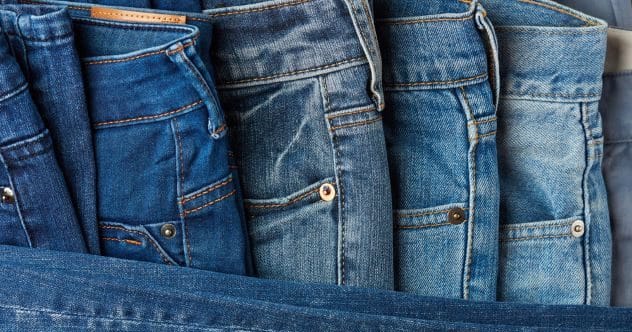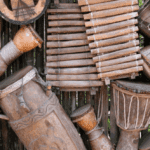Movies and TV shows often depict inmates doing manual labor like digging ditches or working on railroads. But prison labor today extends far beyond that. Inmates are involved in making various everyday items, from license plates to furniture, often for very minimal wages (averaging around $0.63 per hour). Both men and women in correctional facilities across America are currently producing items used daily by the public. Here’s a list of ten products you might be surprised to learn are made by prisoners.
Victoria’s Secret Lingerie
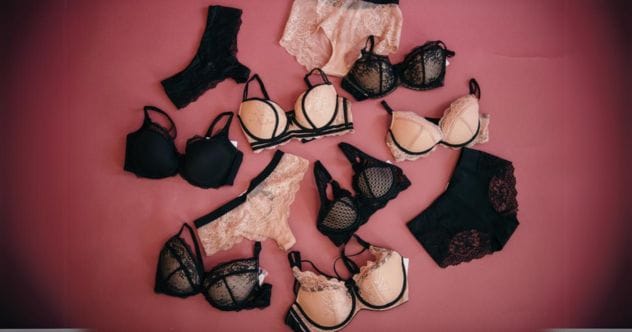
In the 1980s, some of Victoria’s Secret lingerie was manufactured by Third Generation, a garment manufacturer that contracted prison labor to sew the lingerie. Inmates from Leath Correctional Institution in Greenwood were among those who sewed garments for several retail firms, including Victoria’s Secret.
This practice ended in the 1990s after retailers faced backlash. Third Generation claimed they intended to hire the inmates upon their release. Victoria’s Secret issued a statement saying they were unaware of the prison labor being used and immediately cut ties with the manufacturer. The third season of Orange Is the New Black features inmates sewing lingerie for a company reminiscent of Victoria’s Secret.[1]
Canoes
In Colorado, inmates gain marketable skills through programs during their incarceration. The Colorado Correctional Industries program oversees work programs in fields like agriculture and manufacturing involving over 50 inmates. Inmates at the Fremont Prison, initially focused on making license plates, later learned to craft fiberglass-sealed canoes.
The prisoners used redwood scraps from the furniture shop to construct the canoes. Each layer was tacked and glued in a tongue-and-groove fashion before being sanded smooth. Resin and fiberglass were then applied to waterproof each canoe. They produced single-seat canoes weighing about 35 pounds (16 kilograms) and double-seaters weighing around 70 pounds (32 kilograms). The canoes retailed for around $1,500, significantly less than the typical price of $5,000.[2]
Military Jackets
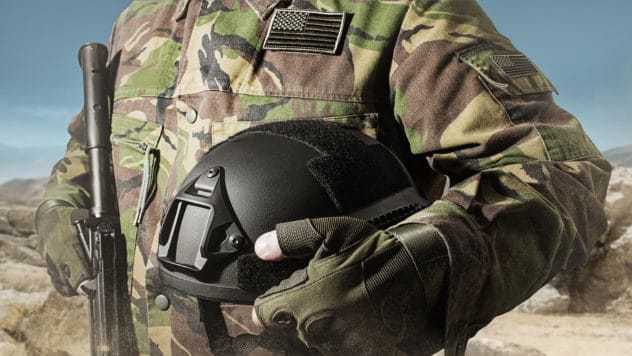
Federal Prison Industries, also known as UNICOR, is a government corporation that sells goods made by prisoners. UNICOR operates factories where inmates work diligently to create products. Among these products are military jackets, helping to clothe the U.S. military. They also produce helmets, uniforms, and shoes.
Government agencies are required to purchase from UNICOR, making it the most cost-effective way for the government to supply clothing for soldiers. Inmates were once paid as little as 23 cents per hour for their labor. While the government saves money, the quality isn’t guaranteed. Thousands of helmets made by inmates were once recalled due to poor workmanship. Ironically, these inmates also produce police equipment.[3]
Baseball Hats
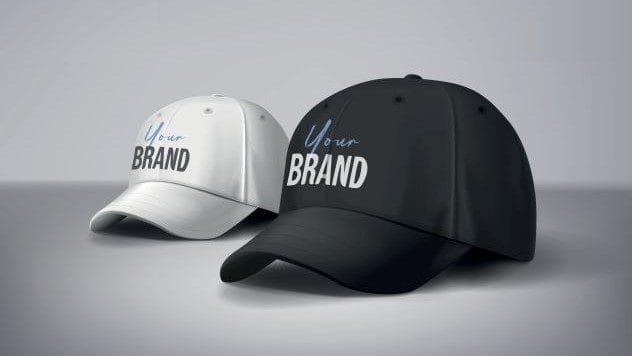
Baseball, known as America’s pastime, has an interesting connection; the hats are made by inmates in correctional facilities. UNICOR, which employs prisoners to create military and police gear, also produces items sold to the public.
To avoid competition between private and prison-made goods, UNICOR is restricted from selling many items outside the government. Baseball hats are one of the items they can sell to private companies and customers. These hats are available in solid and mesh styles, various colors, and can even be embroidered.[4]
Blue Jeans
One of America’s last remaining jean manufacturers operates within a prison in Oregon. The Eastern Oregon Correctional Institution, a medium-security state prison housing over 1,500 inmates, is where Prison Blues’ jeans are made. About 75 incarcerated adults work in the factory five days a week, approximately eight hours a day, making jeans and other apparel items.
Workers earn up to $300 per week, learning skills that will help them after their release. In America, the brand is primarily seen as work jeans for loggers and other outdoor workers, competing with brands like Carhart. While not as popular as Levi’s in America, Prison Blues’ jeans and denim jackets are fashionable among the youth in places like Japan.[5]
McDonald’s Uniforms

McDonald’s, known for its massive profits from burgers and fries, has another way to keep costs down. McDonald’s employee uniforms are sewn by prisoners in Oregon. Although McDonald’s doesn’t directly employ inmate labor, they rely on it to reduce costs and increase profits.
The company has also used prison labor in the past for many frozen foods. Inmates have prepared potatoes for their famous fries, processed beef for burgers, and made various chicken products.[6]
Dentures
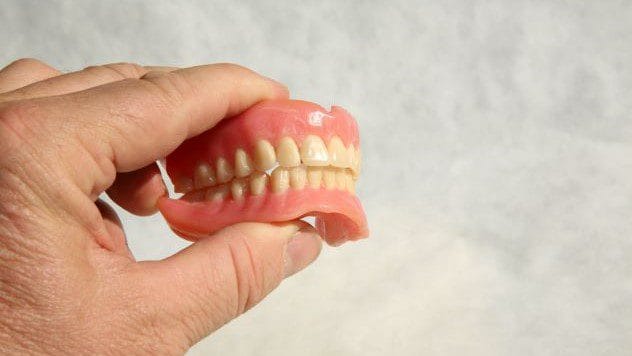
An investigation by the Houston Chronicle revealed that inmates were often denied dentures when needed. In response, the Texas Department of Criminal Justice announced plans to open a dental clinic, offering the first sets of 3-D printed teeth in U.S. prisons. The machine was installed at the Goree Unit in Huntsville, with plans to print hundreds of dentures for inmates. However, these dentures are not made by prisoners.
In 2007, a group of eight female inmates in Kansas were selected to make dentures for low-income patients. Patient impressions are used by these female prisoners, who work as technicians, to create wax and plastic teeth molds. Once the clinic ensures the mold is a perfect fit, it is returned to the prisoners to add plastic teeth and acrylic for the final set of dentures. The program was so successful that the facility expanded to allow more female inmates to participate.[7]
Park Furniture
For over 40 years, PRIDE (Prison Rehabilitative Industries and Diversified Enterprises) has helped Florida inmates develop real-world skills and earn certifications to become productive citizens post-release. PRIDE claims that inmates participating in their training programs are three times less likely to re-offend. The program teaches prisoners how to make over 3,000 products and services, including furniture, storage boxes, apparel, food, and license plates.
The training program also teaches inmates how to create park furniture such as picnic tables, benches, kiosks, and trash receptacles. They can make wooden and metal-leg tables and various bench types, including park benches, transit benches, contour benches, and trail benches. Individuals can purchase park furniture from PRIDE by visiting their website and placing an order via phone or email with the customer service center.[8]
Caskets
Angola Prison in Louisiana, home to some of the state’s most notorious criminals, is known as one of America’s most dangerous prisons. The prisoners at Angola have plenty to keep them occupied, as the prison is largely self-sufficient. They can work on the farm growing food or spend time in the woodwork shop. Many items made by prisoners, from bowls to rocking chairs, are sold at the Angola Prison Rodeo in April and October.
Some inmates with woodworking skills create wooden caskets. The warden once noticed that some inmates were being buried in cardboard boxes because their families couldn’t afford anything else. He allowed inmates to start constructing plywood caskets for themselves, helping them learn a new skill. They then used their skills to create caskets for the public, costing around $200 each, lined with a mattress pad and featuring a wooden cross on the lid. Even Billy Graham was buried in a pine plywood casket made by Angola inmates.[9]
Art
San Quentin State Prison in California, which has housed famous inmates like Richard Ramirez and Charles Manson, now offers inmates a rare opportunity to sell their art. ArtReach: Reaching Out with Art and Poetry from Death Row allows inmates on death row to sell their artwork while incarcerated.
Inmates create all forms of art, from paintings to poetry, and sell them through an online store. The program, founded by artist Nicola White, was created to give inmates and their families a larger percentage of their earnings than the prison’s hobby program. While some may disagree with providing inmates a platform to sell their art, beauty can sometimes be found in unexpected places.[10]
From lingerie to art, it’s surprising to see how inmates contribute to the production of everyday goods. These programs provide skills and opportunities, but also spark debate about ethics and economics. What do you think about inmate labor? Leave your comment below!
Share your thoughts and experiences with prison labor in the comments below!


